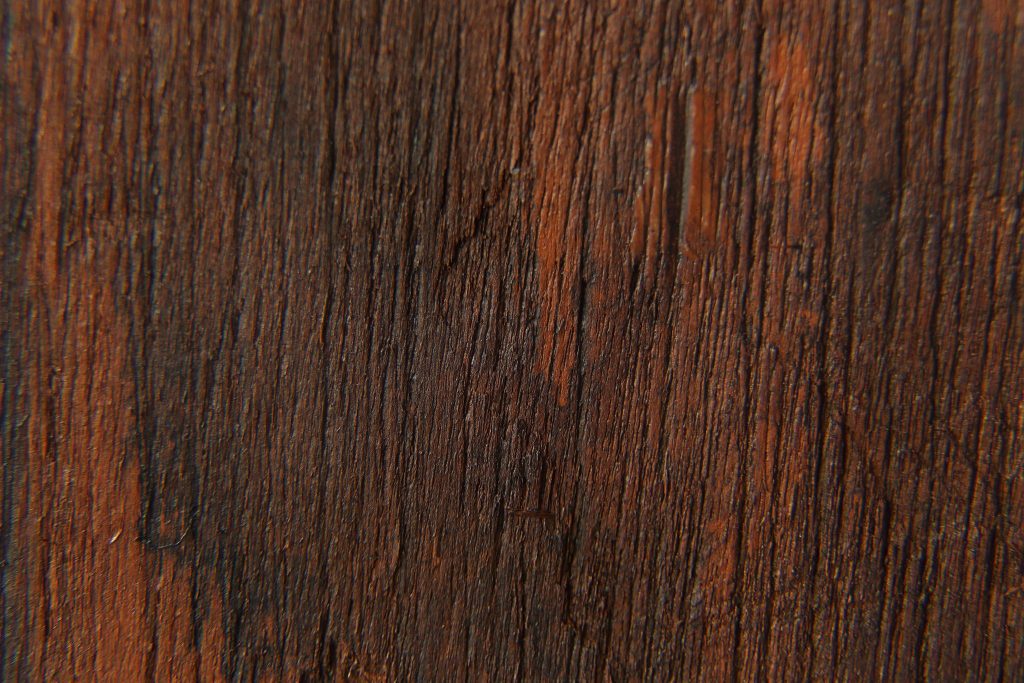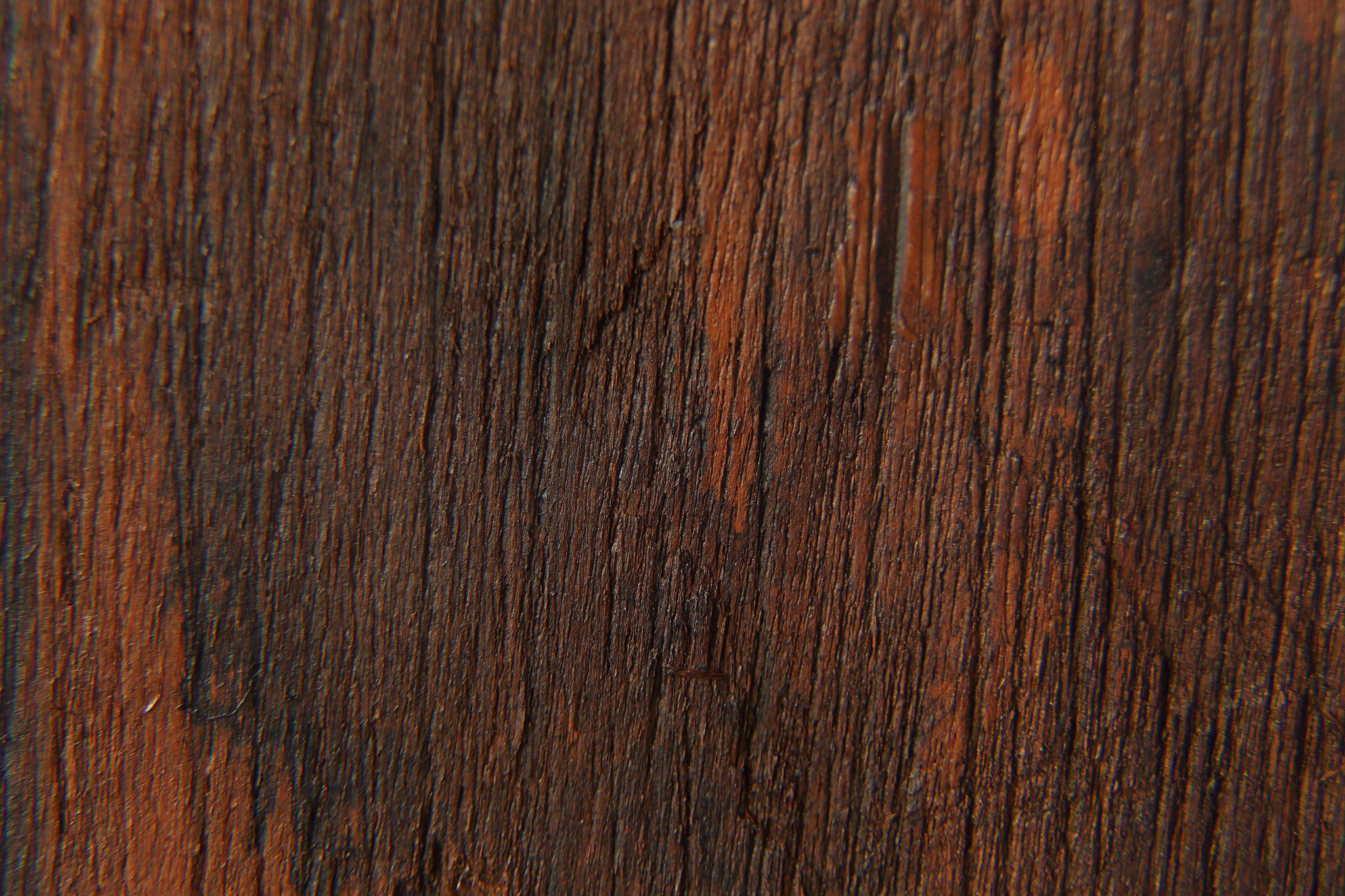No woodworking project is ever really done until the finish is applied. While it’s all about the wood to those of us who are woodworkers; it’s usually the finish that we apply, which shows off just how good a job we have done of working that wood. A poorly applied finish can turn a great project into something mediocre, while a well applied finish can make that great job even better.
Of the various finishes available to us, the two most common are staining and painting. Each has its place, with staining showing off the wood grain more; while painting can be considered to show off the project’s final form even more than stain does. While not a requirement in all situations, stains are often covered by several layers of varnish, both to protect the wood and to add to the luster. High build finishes, like pour on epoxy finishes can also be used on stained wood, although they are usually used only on bare wood.
Traditionally, stains have always been oil-based; but newer water-based stains have come onto the market. This is part of an industry-wide shift away from oil-based finishes and towards water-based ones, in an effort to reduce VOCs (volatile organic compounds). Acrylic, water-based stains can be cleaned up with water, making them much easier to work with, especially for the novice.
Being water based, these stains also allow us to do things which are more difficult to do with oil-based stains. If you’ve ever hand-rubbed stain into a project with oil-based stains and without gloves on, you fully understand how difficult it can be to clean the stain off your hands later.
Between acrylic stain colors which are manufactured by the various paint manufacturers and the ease of making acrylic stain out of acrylic paint, there is a whole world of creativity that is available through acrylic stains, which is not normally found in oil-based stains. While there is some color variety available in oil-based house stains, most oil-based stains are only available in wood tones. The wide color palette that can be easily realized with oil-based stains make it ideal for craft projects like doing distressed furniture, something that’s really hard to do with oil-based products.
Just What Are Acrylic Stains?
Just as acrylic latex paint is the water-based equivalent of house paint, acrylic stain is the water-based equivalent of oil-based stain. Theoretically, at least, it can be used as a direct substitute; anywhere that oil-based stain would be used. But don’t expect it to be exactly the same to work with, as the stain is somewhat different. Just as working with acrylic-latex paint is a bit different than working with oil-based paint, we have to expect that working with acrylic paint will be somewhat different, and I’m not just talking about cleanup.
By definition, any stain needs to soak into the wood, whereas paint just sits on the surface. While a paint primer will soak in somewhat, soaking into and blocking the pores in the wood, the paint itself, specifically the solids in the paint, sit on the surface, building up a film.
This shows the difference between paint and stain. Paint consists of a lot of solids, suspended in a liquid base. Pigment is added, giving the paint a particular color. With stain, the solids are left out and the pigment is added to the liquid base. That’s why it doesn’t build up on the surface; because there are no solids to build up and form a protective covering.
This raises the question of how stains can protect wood from the weather, without coating it. There are two basic parts to this question. The first is that the stain fills in the pores in the wood, making it difficult for moisture to soak into it. At the same time, the stain will usually have fungicides and other protective chemicals mixed into it, helping to reduce the ability of wood-eating insects, fungi and other organisms to attack the wood and damage it. These organisms, and not the water itself, are what damage the wood.
Both acrylic and oil-based stains will soak into the wood, but oil-based stains do so better than acrylic stains do. If peeling and chipping of stain are encountered, it is almost guaranteed that the original stain was an acrylic one. Weather can be hard on stain, but another coat can be applied over it, when it reaches that point. For that matter, acrylic stains can be applied over old oil-based stain. Both last roughly the same amount of time on the outside of the home, when applied correctly.
Acrylic stains resist the discoloration that comes with time, much better than oil-based stains do. This is especially important where light colored stain is being applied. Oil-based stains will gradually darken, while acrylic ones will not.
Applying Acrylic Stain to Exterior Wood Surfaces
Since acrylic stain works differently than oil-based stain, some modifications in how it is applied need to be taken into consideration. Mostly, this is due to the fact that the pigmentation in the stain sits on the surface of the wood, more than soaking into it. Acrylic stain dries much faster than oil-based. While this makes it much faster and easier to apply a second coat, it also means that neatness is essential, so that a second coat isn’t accidentally applied, overlapping an existing coat, and making the finish darker.
Rough cut wood doesn’t require any surface preparation, other than to ensure that it is clean and that dust has been brushed off it. If it is necessary to clean the wood with water, in order to remove dirt, mud and other residue, allow the wood to fully dry, before applying the stain. Sanded wood, such as most siding products and wood that is bought from the lumberyard “S4S” (sanded four side) needs to be sanded lightly with 40 to 80 grit sandpaper, in order to scar the surface and provide some “bite” for the stain. Do not lean into the sandpaper while sanding, just pass it over the surface with light pressure.
Acrylic stain should be applied to a wet edge. What that means is that a wet edge should always be maintained and continued staining should always work from that point. In the case of staining siding on a home, this means selecting two or three courses of siding and working that from one end to the other, before moving up the wall and working the next two to three courses. Take care not to get any stain on adjacent courses, while applying it, as that will create a second coat, with stronger pigmentation.
The stain itself can be applied with brush, roller or spray, although it can be extremely difficult to spray the stain, without getting the overlap that I was just mentioning. If HVLP (high volume, low pressure) spray equipment is available, it is ideal for spraying acrylic stain. Many professionals state that application with a high-quality brush is the best, giving the best overall finish. A brush provides the greatest control over how much stain is being applied.
If necessary, a second coat of stain can be applied. Since this is a water-based product, it will dry quickly, allowing a second coat to be applied in as little as four hours. Take care that the finish is uniformly dry, before applying a second coat, as wet areas won’t accept as much stain, making the finish uneven.

Using Acrylic Paint as a Stain
It is possible to use any acrylic paint, either artist’s paint, crafts paint or house paint as an acrylic stain for projects which will be inside, protected from the weather. This should not be done for exterior projects, as the paint/stain will not have the necessary UV inhibitors and fungicides needed to protect both the finish and the underlying wood.
When using acrylic paint as a finish, mix sufficient paint with water, in a ratio of anywhere from 2:1 to 1:1 (paint to water). It’s important that enough mixture is prepared at one time to finish the project, so that the finish will end up being consistent. The more paint there is in the mixture, the heavier pigmentation there will be in the final finish. So if all that’s wanted is a patina of coloration, such as in making distressed furniture or craft projects, then more water and less paint should be used.
This paint and water mixture can be applied in two different ways.
- In the case of bare wood, the mixture can be applied with rags or paper towels, rubbing the finish into the surface of the wood. A very small amount of stain is used in this case, spreading it out as far as possible. Care is needed, to avoid leaving a buildup of stain at the point of first contact.
- In the case of distressing already painted wood, paint the finish onto the object, then wipe off with rags or paper towels. Always rub in the direction of the wood’s grain, even if the grain is hidden. How hard the stain is rubbed, how long it is rubbed, how often the rag is changed and how long the stain is allowed to sit on the surface before rubbing begins will all have an effect on how much patina is applied to the underlying finish.
As with any finish or finish technique, a test should be made on a scrap piece of wood, preferably a scrap that came from that project. If no scrap pieces are available, such as in the case of applying the stain to an already painted piece of furniture, then use a hidden area for any testing.
When trying to produce a distressed finish, the number of different layers and colors applied can make a major difference in how realistic the end results appear. Applying one color of stain over a base paint layer will provide a distressed look, but it won’t have the aged look of several coats, with different colors showing through in random different areas.
Using acrylic stain directly on bare wood, especially using white acrylic stain on bare pine can produce a finish like pickled pine, especially if it is varnished over, giving the finished piece a semi-gloss finish. Varnishing can also help to make the piece look aged, as true varnish will have somewhat of a yellow appearance.

